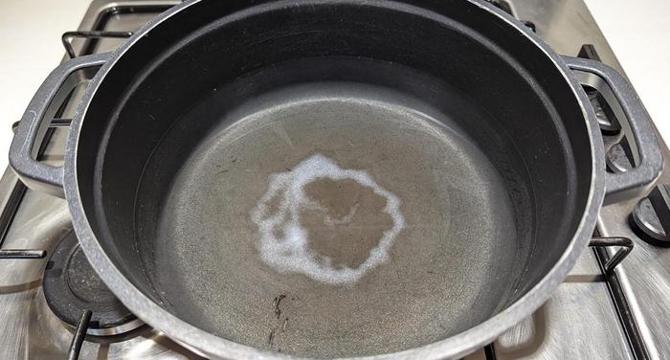Bioengineer
3d
390

Image Credit: Bioengineer
Exploring the Formation of Salt Deposits in Your Pasta Cooking Pan
- A team of researchers from the University of Twente in the Netherlands and the French National Institute for Agriculture, Food, and Environment (INRAE) have published an examination of the dynamics of salt particle deposits that are formed in boiling water in the journal Physics of Fluids.
- The researchers delved into what size of salt particles, how much salt and the rate of introduction are optimal to create a visually appealing pattern in the confines of a cooking pot.
- When a single salt particle is introduced into a body of water, it immediately succumbs to gravitational forces and begins to settle, generating localized flow perturbations leading to a wake effect that significantly alters the behavior of subsequent particles introduced into the liquid environment.
- When multiple particles are released into the water simultaneously, it creates an expanding circular distribution of particles, leading to the formation of a ringed structure that is both symmetrical and aesthetically pleasing.
- The researchers also emphasized the importance of the height from which the particles are dropped, as well as the amount of water that fills the cooking vessel.
- The aspect of the study poses a fascinating challenge for future experiments--what happens when a mixture of different particle sizes is introduced? How can this knowledge be leveraged in practical applications beyond the culinary arts?
- The intersection of food and physics reflects a growing trend in science communication, where researchers illuminate everyday phenomena that resonate with a broader audience.
- As researchers continue to dig into the science behind everyday actions, dining experiences might also evolve into something fundamentally more enlightening than mere sustenance.
- This research challenges us to rethink daily routines through a scientific lens, inviting curiosity about the forces at play in our kitchens.
- This article is titled 'Salt-ring in your pasta pan: Morphology of particle cloud deposits' and news publication date is 21-Jan-2025.
Read Full Article
23 Likes
For uninterrupted reading, download the app